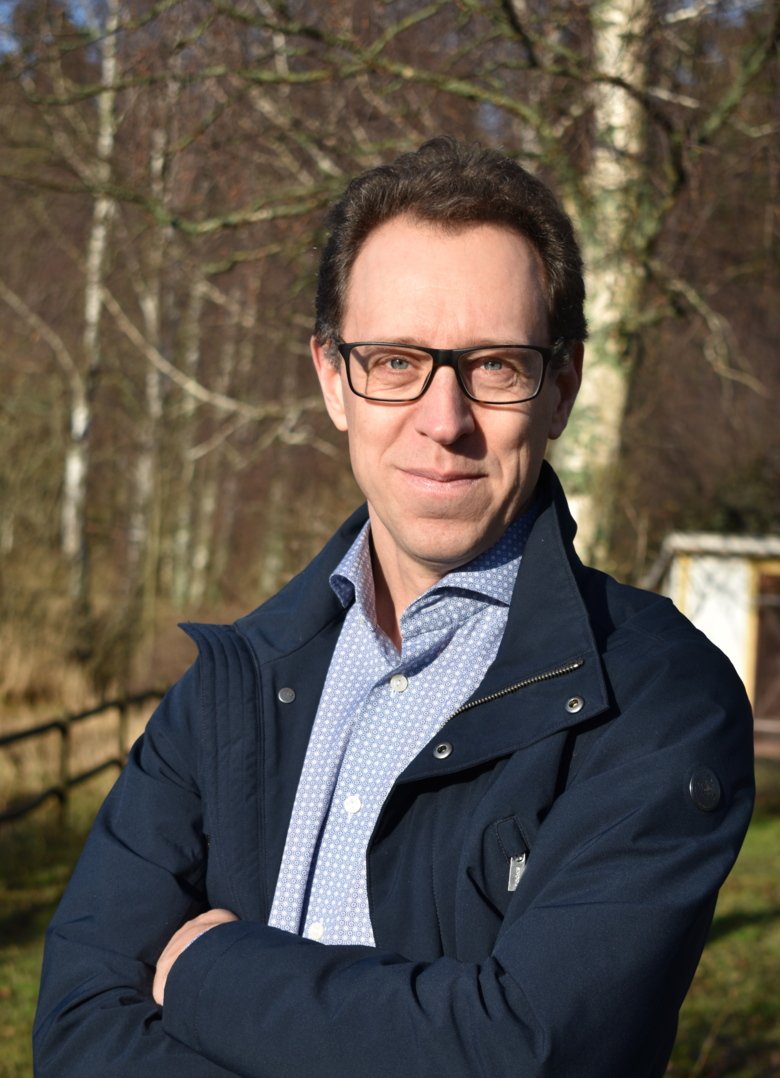New method of assessing the health risk of chemical mixtures

Every day, people are exposed to large number of pollutants, but the problem of how to assess the dangers of the chemical “cocktail effect” has long frustrated both scientists and public authorities. A collaborative study involving researchers from Karolinska Institutet published in the journal Science now presents a new strategy that combines population studies with experiments using cell and animal models.
The researchers focused their study on 20 endocrine disruptive industrial chemicals and their metabolites in the blood and urine of 1,874 pregnant women. The levels were the same as in the population in general. In the first phase of the experiment, the researchers were able to show that the combination of a few of these substances was associated with delayed language development in children, which can be an early sign of neurodevelopmental alteration. The critical mixture contained a number of phthalates, bisphenol A, and perfluoroalkyl substances (PFAS).
The second phase of the study involved a large number of experimental studies to interrogate the correlation between this particular mixture and different neurological and hormonal mechanisms. In this part, the researchers applied new types of test systems using cultivated human brain cells, zebra fish, and tadpoles.
In the concluding phase of the study, findings from the experimental studies were used to develop new principles for the risk-assessment of chemical mixtures. The results showed that around half of the pregnant women in the study carried chemical cocktails that could increase the risk of delayed language development in children. For example, the children of the women with the highest measured levels of the critical chemical cocktail were 3.3 times more likely to have language delay than those of the women with the lowest levels.
Broader effect from chemical mixture

“Current risk assessments are based on studies of individual substances,” says Pauliina Damdimopoulou, associate professor at the Department of Clinical Science, Intervention and Technology (CLINTEC), Karolinska Institutet, and one of the study’s authors. “Our study shows that the mixture can affect both animals and humans even though the exposure level of individual chemicals is below the existing threshold.”
The study is the result of the EU’s EDC-MixRisk project and was coordinated from Karolinska Institutet. It was done in collaboration with other Swedish universities (Uppsala, Karlstad, Gothenburg, Lund, Stockholm and Örebro) and partners in the EU and the USA.
According to the researchers, the study shows how the most harmful chemical cocktails can be identified, and how new test methods can be used to verify the results and understand the mechanisms.

“This will make it easier to prioritise which pollutants need to be acted upon and what to look out for with new chemicals,” says co-author Mattias Öberg, associate professor at the Institute of Environmental Medicine, Karolinska Institutet.
The paper’s authors also advocate a multidisciplinary approach:
“This kind of breakthrough wouldn’t have been possible without the collaboration of different sciences,” Mattias Öberg says. “I’m convinced that the multidisciplinary approach is essential to a chemically safe environment for future generations.”
The study was financed by several bodies, including the EU (Horizon 2020 research and innovation programme) and Formas (the Swedish Research Council for Environment, Agricultural Sciences and Spatial Planning).
This article is partly based on a press release from från Uppsala University.
Publication
“From cohorts to molecules: adverse impacts of endocrine disrupting mixtures”, Nicolò Caporale, Michelle Leemans, Lina Birgersson, Pierre-Luc Germain, Cristina Cheroni, Gábor Borbély, Elin Engdahl, Christian Lindh, Raul Bardini Bressan, Francesca Cavallo, Nadav Even Chorev, Giuseppe Alessandro D’Agostino, Steven M Pollard, Marco Tullio Rigoli, Erika Tenderini, Alejandro Lopez Tobon, Sebastiano Trattaro, Flavia Troglio, Matteo Zanella, Åke Bergman, Pauliina Damdimopoulou, Maria Jönsson, Wieland Kiess, Efthymia Kitraki, Hannu Kiviranta, Eewa Nånberg, Mattias Öberg, Panu Rantakkoko, Christina Rudén, Olle Söder, Carl-Gustaf Bornehag, Barbara Demeneix, Jean-Baptiste Fini, Chris Gennings, Joëlle Rüegg, Joachim Sturve, and Giuseppe Testa, Science, Feb. 18, 2022, doi: 10.1126/science.abe8244
